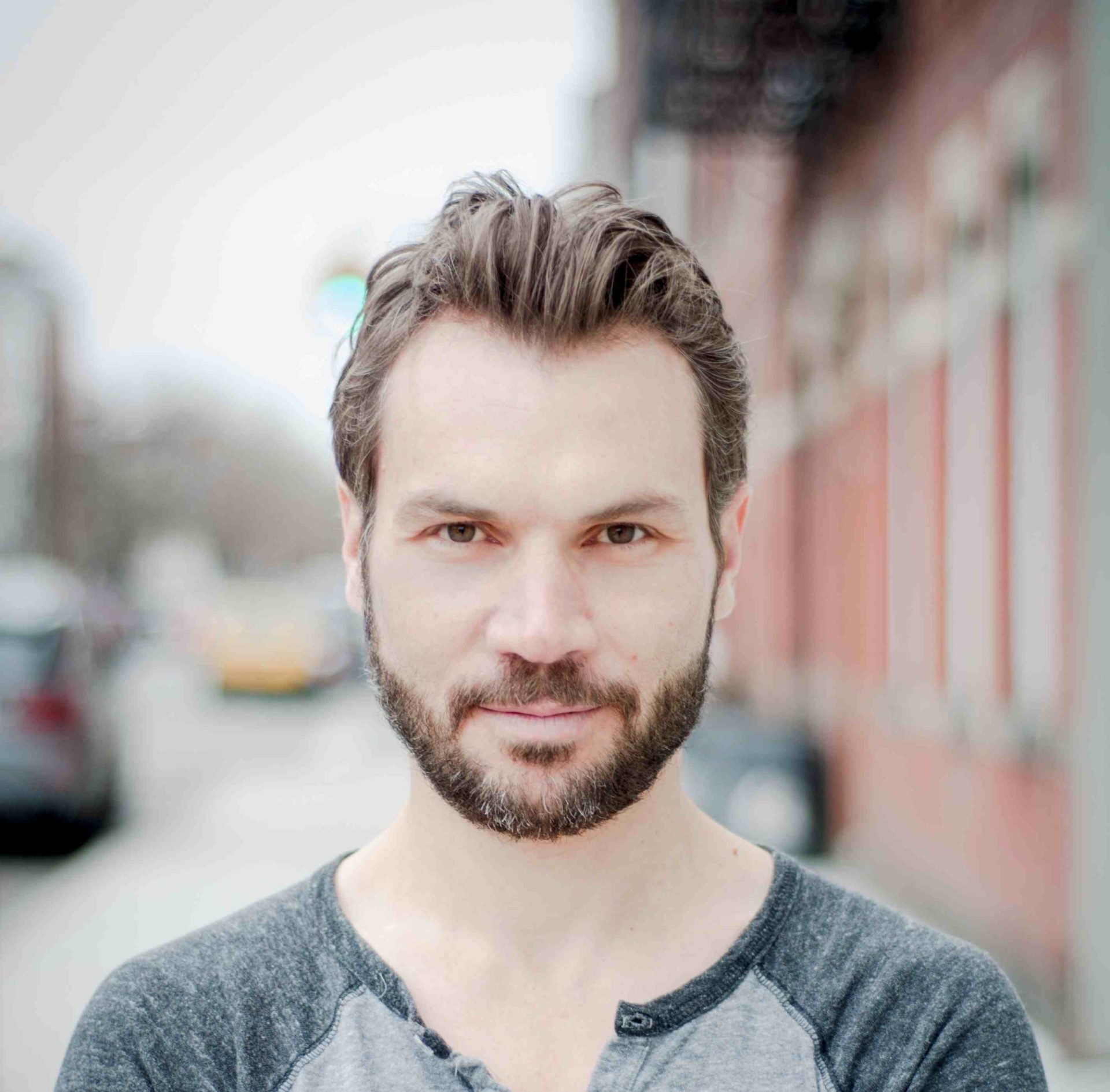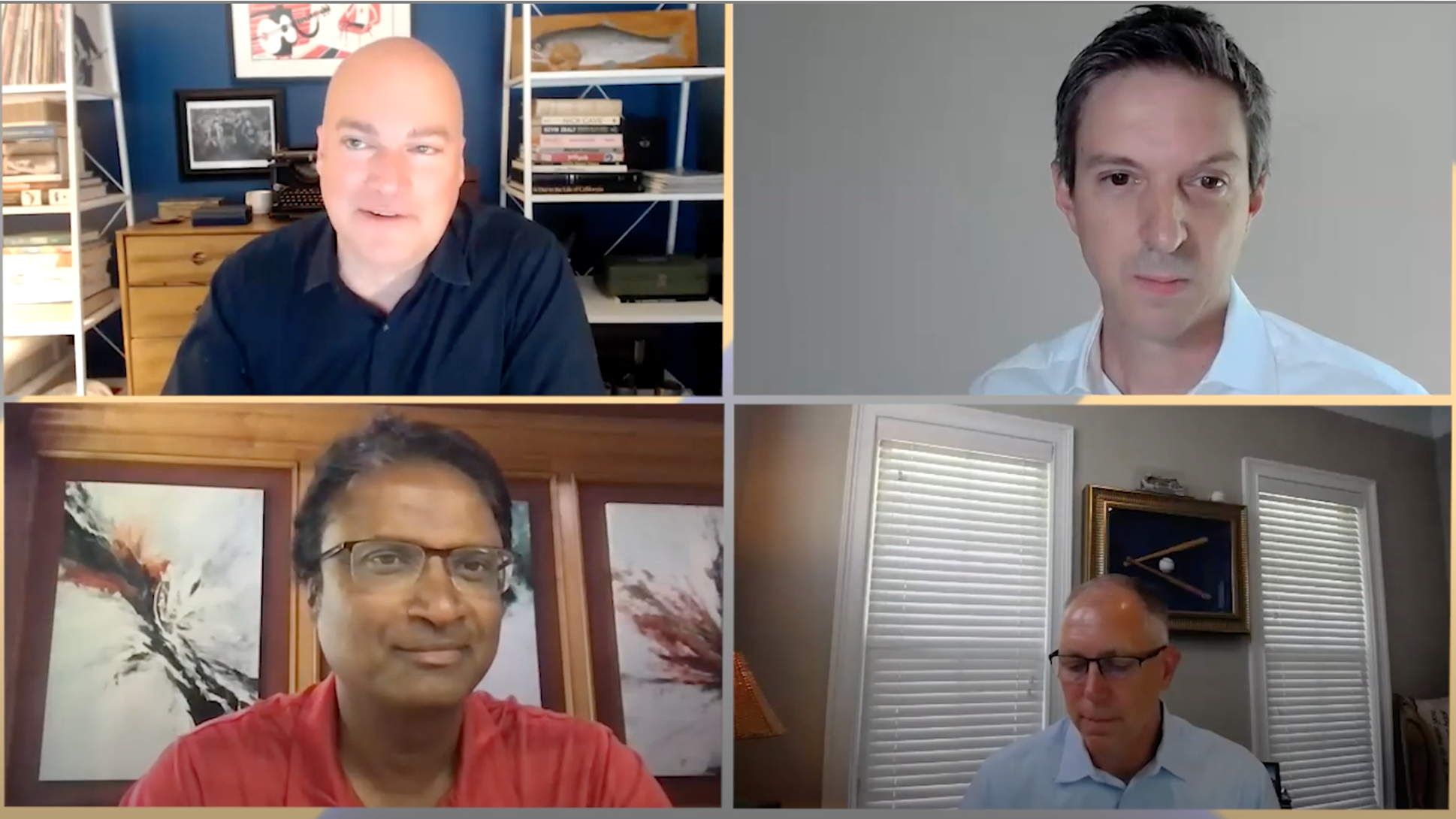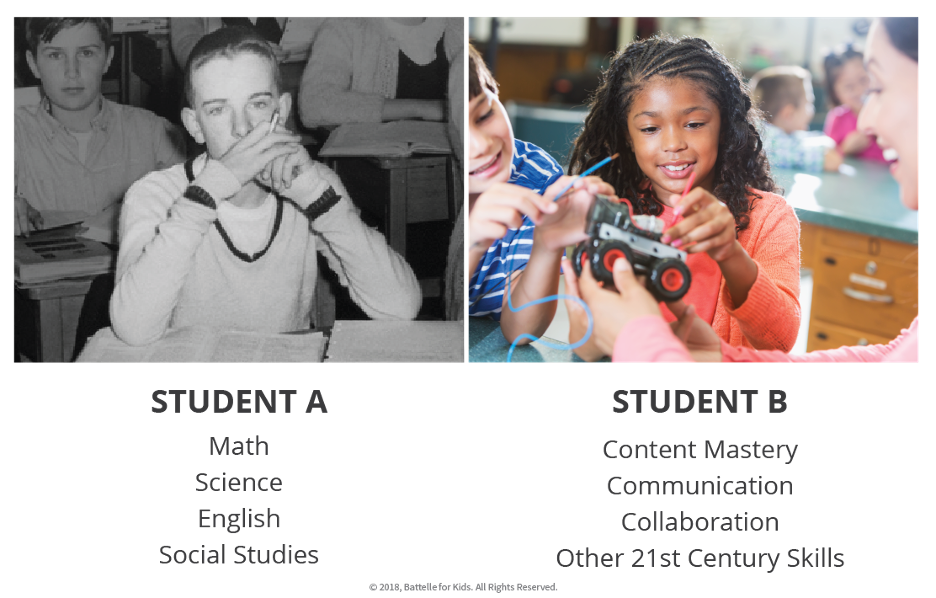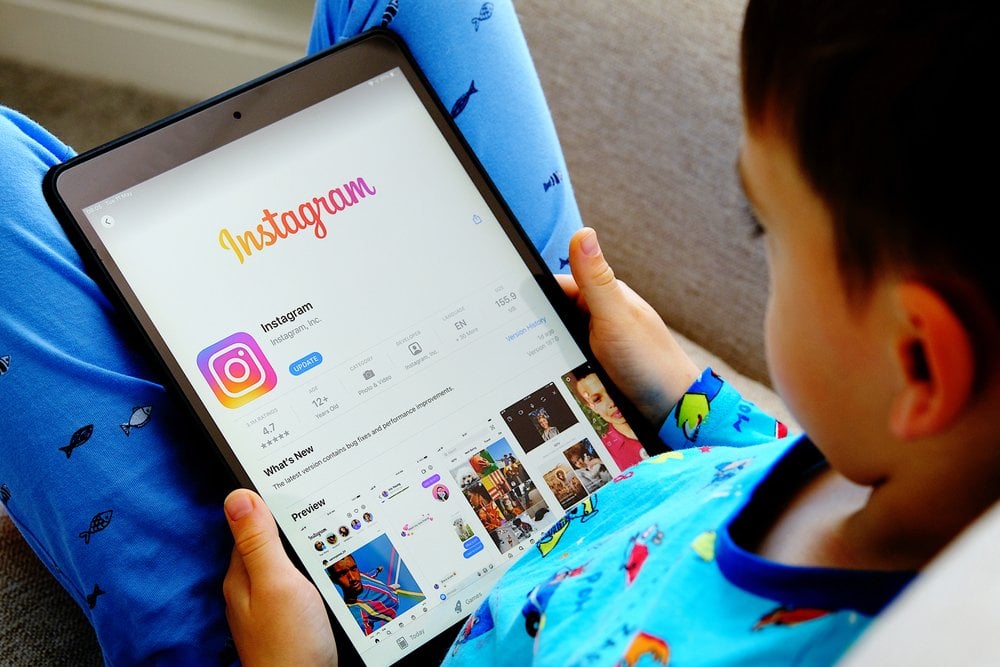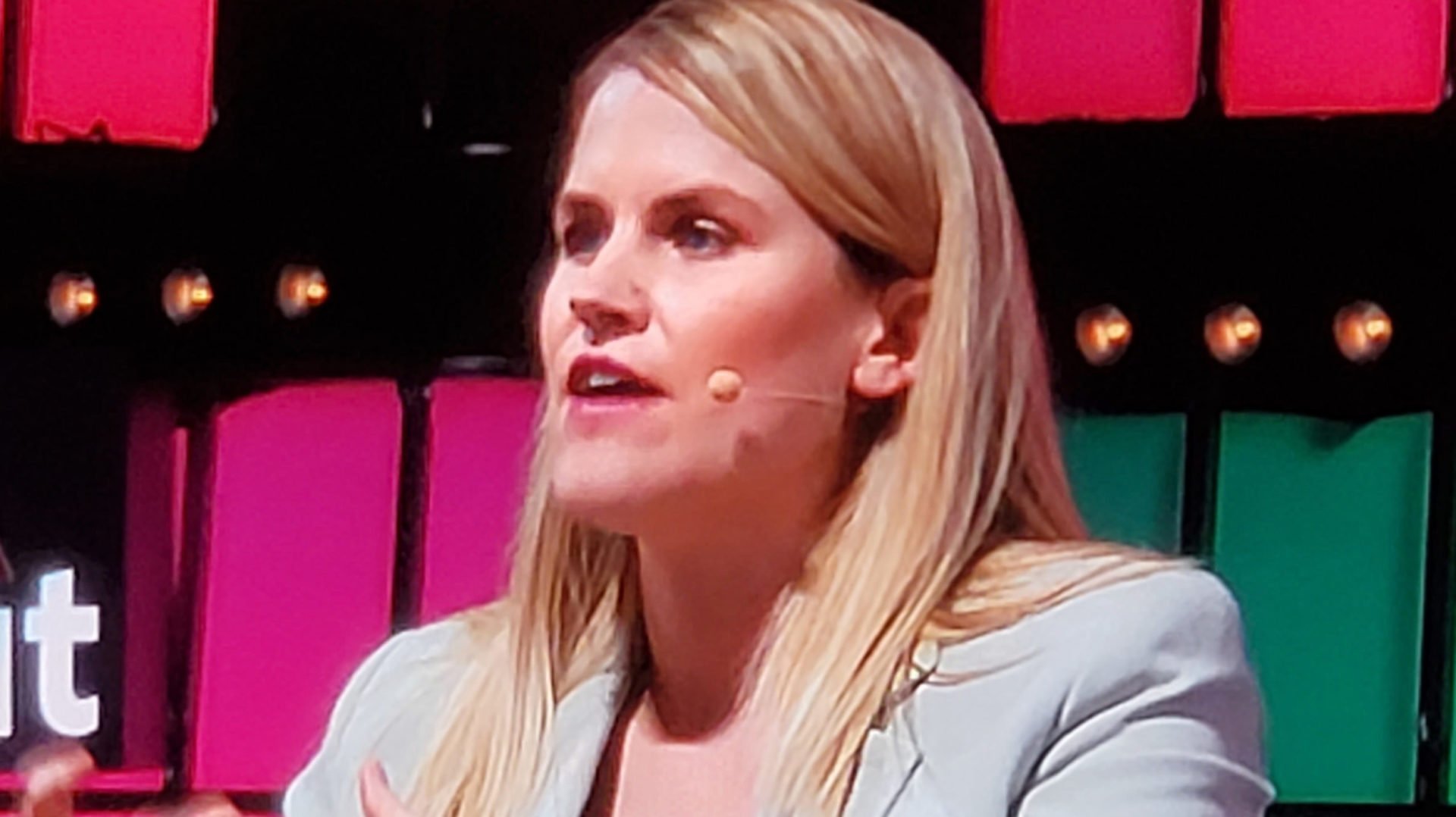Can untrained gamers help solve tough scientific puzzles? Some scientists and researchers are starting to think so. In fact, there are problems that professional scientists admit they are helpless to solve without the help of the “crowd.” EyeWire is a game designed by a team at MIT’s Brain and Cognitive Sciences Department to help chart nerve connections in the brain. “We need an army of people to go out and explore that jungle,” said neuroscientist Sebastian Seung, the team’s leader, in an NPR report. “Why not engage the public? It’s a great adventure. What could be more exciting than exploring the brain? [It’s] much more exciting than any artificial video game.”
About 35,000 players have already registered at eyewire.org to look at images of neurons in the eye and figure out how they’re connected. The task is not an easy one, so players get a bit of up-front training. “You have to learn something about neuroanatomy—what the structure of a neuron looks like at the micro scale—in order to do this reliably,” Seung told NPR. As for the assumption that a computer algorithm would be better suited to this kind of pattern discovery, it turns out that human vision is actually better suited to the task. In fact, the game is designed to use humans to make artificial intelligence smarter.
Another game, Foldit, created by the University of Washington’s Center for Game Science, challenges players to work out how proteins fold. This helps to solve the problem of misfolded proteins, which can lead to illnesses like cystic fibrosis and mad cow disease. With half a million users registered to play, Foldit has helped legitimize crowdsourcing as a means of scientific discovery. Adrien Treuille, one of the developers of Foldit, told NPR, “These games have given us—really for the first time in history—a way of identifying these people completely outside of the ordinary, academic food chain.”
Web-powered crowdsourcing could help platforms like EyeWire and Foldit democratize scientific innovation the way Quirky has democratized product development, proving that the best place to find out-of-the-box thinking may be outside of the lab.
Online Gamers Could Play Their Way to Breakthrough Science
Can untrained gamers help solve tough scientific puzzles? Some scientists and researchers are starting to think so. In fact, there are problems that professional scientists admit they are helpless to solve without the help of the "crowd." EyeWire is a game designed by a team at MIT's Brain and Cognitive Sciences Department to help chart nerve connections in the brain. "We need an army of people to go out and explore that jungle," said neuroscientist Sebastian Seung, the team's leader, in an NPR report. "Why not engage the public? It's a great adventure. What could be more exciting than exploring the brain? [It's] much more exciting than any artificial video game." About 35,000 players have already registered at eyewire.org to look at images of neurons in the eye and figure out how they're connected.


